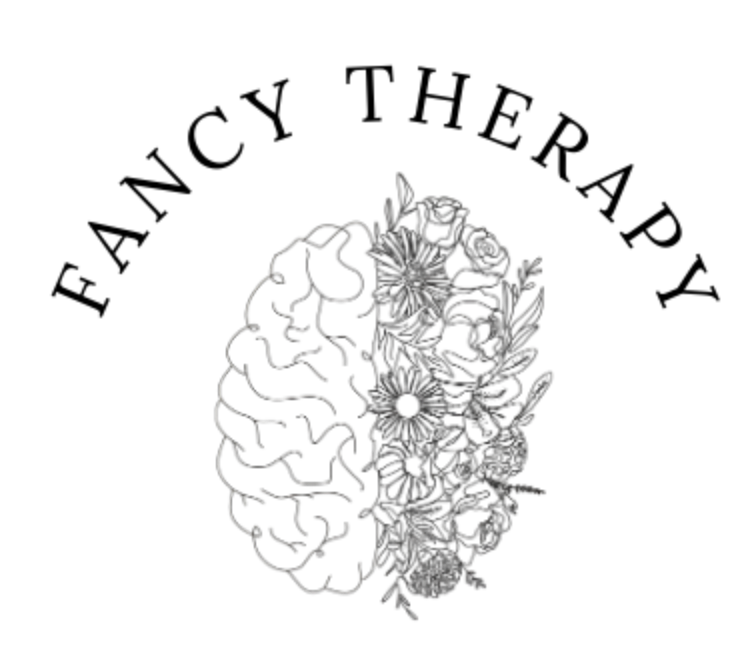How Vision Boards Can Support Mental Health and Personal Growth in the New Year
As we step into a new year, it can stir a mix of emotions. The pressure to set new goals or make significant changes can feel overwhelming, especially when faced with challenges from the past year. One way that I find helpful to overcome the dread of the new year and hone in to the potential for renewal is to use vision boards – a collage of images, words, and symbols that reflect goals, dreams, and aspirations. This shift in resolution thinking helps redirect the focus from merely achieving the goal to understanding how accomplishing it will impact one's overall life. Vision boards through the lens of mental health are a therapeutic tool that utilizes visualization to help us clarify our desires, cultivate positive mindsets and promote emotional well-being.
What is a Vision Board?
Vision boards are created either on a digital or physical board, placing a collection of intentionally chosen pictures and words into a collage. This can be done individually or in a group setting, where the client is engaged in a way that fosters reflection. Images are chosen to reflect the goals that one has for themselves as well as to help promote self-empowerment and personal development. Digitally, vision boards can be made on various platforms such as Canva or Pinterest, where images can be searched for by typing in key words. Physical vision boards can be created by gathering images from magazines, articles, or printing them and cutting and pasting them on to a board. Using arts and crafts, thrifting old frames or visiting a local dollar store to access supplies and keep costs low is a great way to have fun with the exercise. With a background in Recreation Therapy, I love bringing creativity into the therapeutic space as it helps reveal and connect with different parts of the self.
The Connection Between Vision Boards and Psychology
Vision boards tie into psychological techniques like visualization, which is used to create a mental image of a place that brings you comfort. Visualization in therapy involves mentally capturing specific images or scenarios that are either relaxing, motivating, or reflective of the therapeutic goals. This clarity can reduce feelings of anxiety or overwhelm, promoting a sense of control. In addition, the act of visualizing one’s desired outcomes can activate the subconscious mind, supporting the belief that these goals are attainable. This can boost self-confidence, reduce self-doubt, and increase motivation. Positive psychology focuses on living in alignment with one’s values and having an awareness of one’s purpose. Shifting the focus to possibilities rather than limitations can help improve mood and resilience against stress. Through the use of images that represent personal aspirations, neurotransmitters like dopamine are released, creating a positive feedback loop.
How to Create a Vision Board for Mental Health
1Be intentional: Focus on your values and your joy as you set goals for yourself. If a goal is to go the gym weekly, focus on how the gym will make you feel (ie. more energized, stronger, focused, etc.) less than the act (or dread) of going to the gym.
Choose imagery that resonates: Select images, words, or symbols that evoke emotions of calm, motivation, and positivity.
Reflect on how the images make you feel: Take a moment to reflect on how each image makes you feel. Where does that motivation or peace live in your body?
Consider mental health-specific goals: Include restorative self-care goals like grounding techniques, getting out in nature, or social media breaks.
Put it on display: Post your vision board somewhere you can see it everyday to reinforce your intentions and stay motivated.
Although the new year is a great time to create vision boards for goal setting, clarity and direction, they are also a great tool throughout the year, as well as during life transitions




